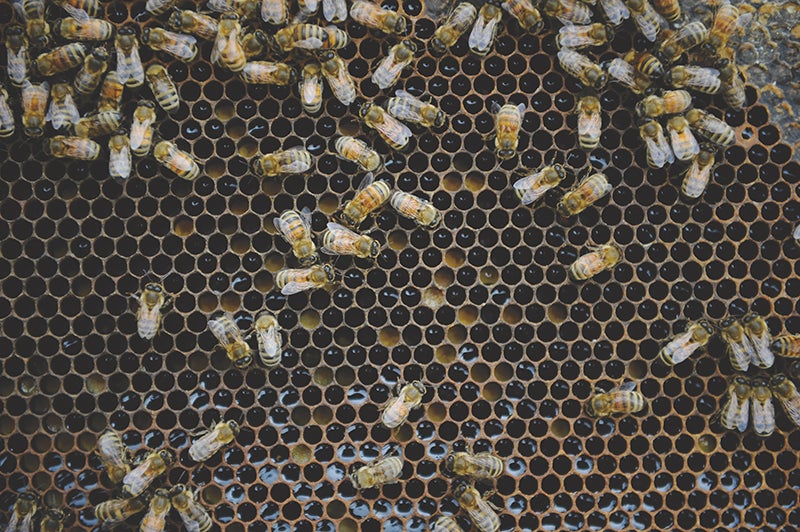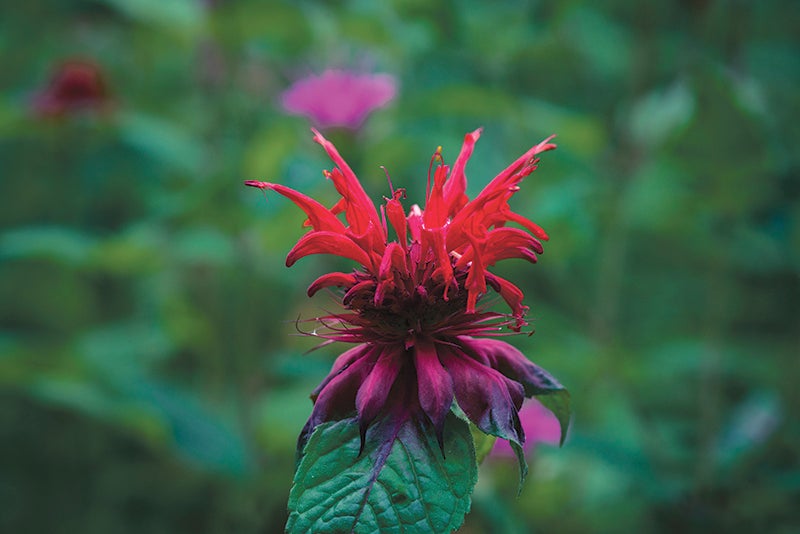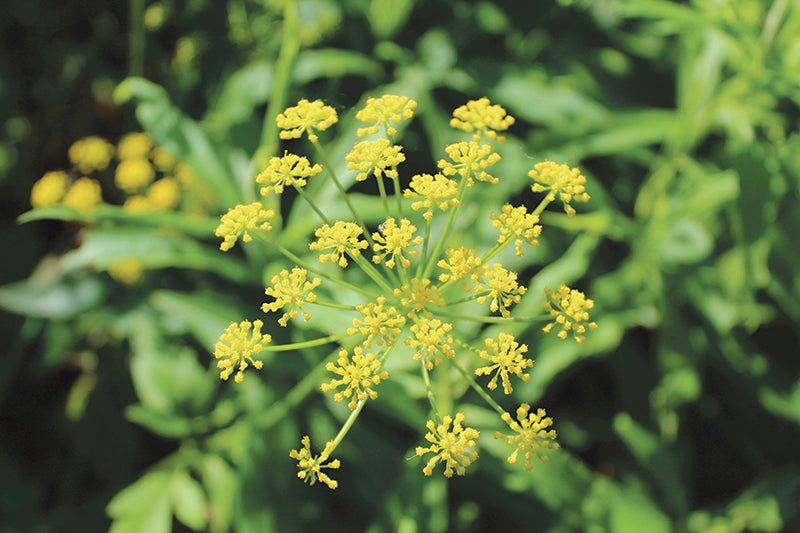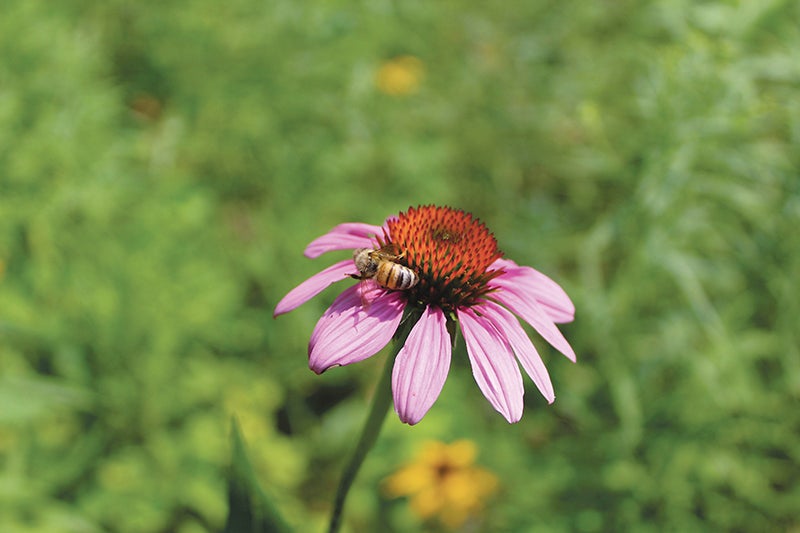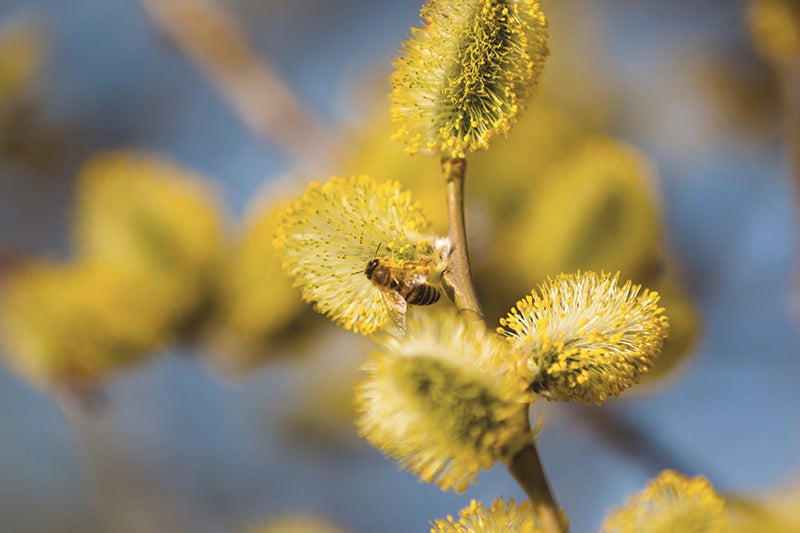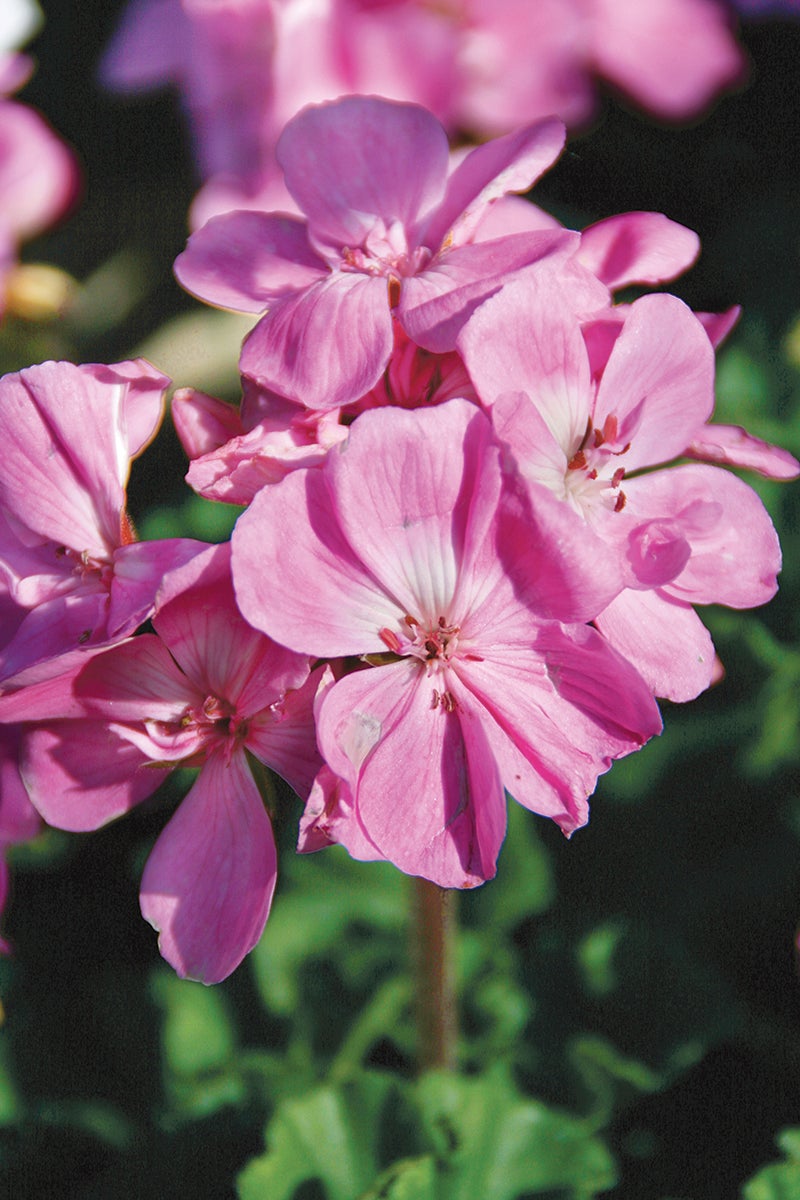Bee friendly to pollinators
Published 9:15 pm Tuesday, April 21, 2020
|
Getting your Trinity Audio player ready...
|
Seven flowers you can plant to attract bees and help the environment
Now more than ever, society has turned a concerned eye to the fates of our pollinators.
A fearful trend of bee die-offs over the last few years has prodded society into an effort to ensure that pollinators have a place in our future.
On top of that, the effort is now growing into the residential backyards of many as ordinary citizens do more to make sure that pollinators, including bees, have a place to do their work.
It’s not even that hard. Simply planting those things that pollinators are looking for is a step in the right direction.
“We want plants that are going to provide nectar throughout the spring, the summer and into early fall,” said Jay C. Hormel Nature Center director/naturalist Luke Reese. “There are a variety of plants that bridge the gap.”
As this effort grows to become more pollinator-friendly, Reese said simply casting an eye to those plants that thrive in Minnesota can be the first step in providing a welcoming backyard for bees.
“Wild flowers that are native to Minnesota are good because that’s what bees are feeding on,” Reese said.
What’s better is these plants are great for either residential property in the city or for open lands on acreages and farms.
In fact, it’s the urban areas that in some ways are leading the charge. The rusty patch bumblebee was recently added to the endangered species list last year. However, at the same time, Reese said he recently had it confirmed by the U.S. Fish and Wildlife Service that a bee he found in his backyard was in fact a rusty patch bumble bee, which are not native to this part of Minnesota.
With this discovery, the Austin area will be included on the range map by the U.S. Fish and Wildlife Service.
“The rusty patch bumblebee is doing best in the urban areas,” Reese said.
The University of Minnesota’s Bee Lab (www.beelab.umn.edu/bees/flowers/plants-mn-bees) offers a large database of information on becoming a bee-friendly hot spot for our bee-utiful friends.
Wild geranium (May)
The wild geranium is a native plant to Minnesota with an early bloom. While it won’t attract honey bees, it will attract other variety of bees to its small purple flowers. The plants prefer shaded areas.
Pussy willow (April-May)
A shrub, the pussy willow has an early bloom and will attract honey bees and other kinds of bees. It will grow in full sun and partly shaded areas.
Golden Alexander (May to early June)
This colorful yellow flower has an early- to mid-bloom time and like the pussy willow, enjoys full sun or partly shaded areas. Again, while this won’t bring the honey bees a calling, it will bring in other varieties of bees.
Purple coneflower (June-July)
The purple coneflower is a beautiful purple flower that adds a stark and bright contrast to any backyard. With a mid-year bloom, the coneflower thrives in full sun and will bring most all kinds of bees in Minnesota a callin.’ Its yellow sibling, the yellow coneflower, can add a nice accent.
Sunflowers (June-July)
Sunflowers are the iconic flowers of summer. Bright and yellow, they capture the attentive eye and the attentive bee. This flower will bloom mid- to late year and will grow in a variety of areas including full sun, part shade and shaded. Expect to see almost all varieties of bees coming to this beauty.
Bee balm (July-early August)
An herbaceous plant, the bee balm enjoys full sun and blooms mid- to late season. It’s an ideal plant to include as it is considered a super food for bees, according to Reese.
Stiff goldenrod (August-early September)
A yellow and vibrantly blooming plant, the stiff goldenrod will be a late-season bloom with a love for full sun and partly shaded areas. Will attract honey and other kinds of bees.


